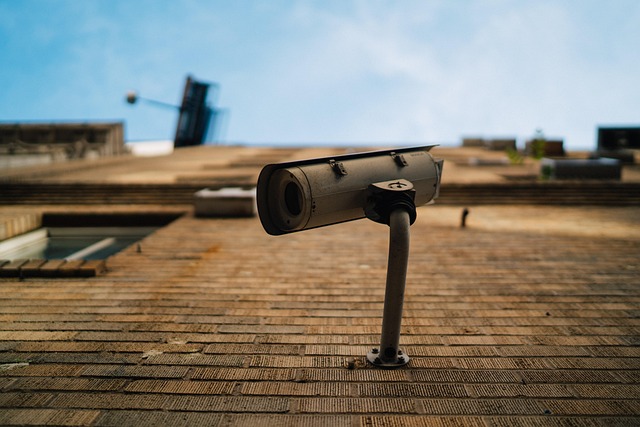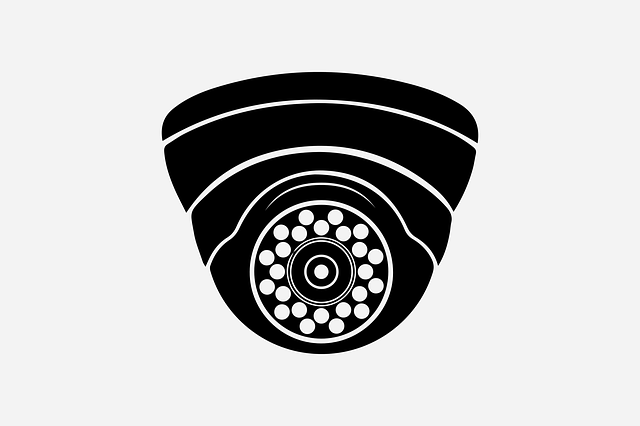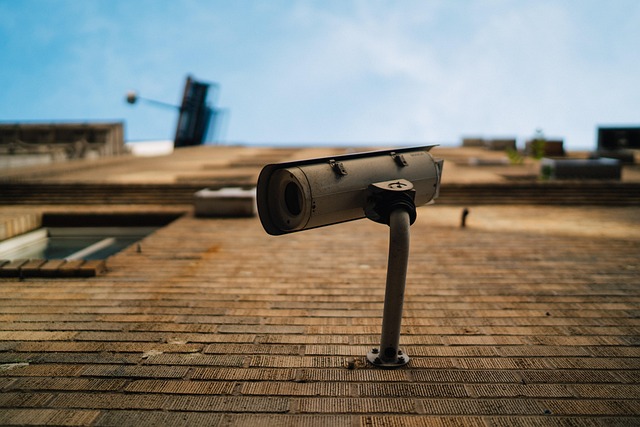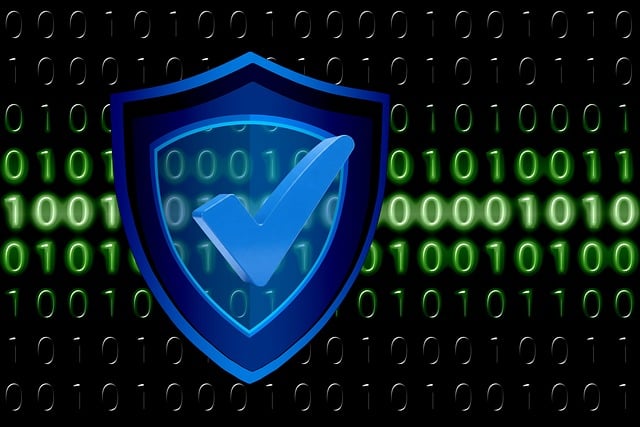Modernizing security for historic homes involves balancing advanced technology with preserving their unique architectural integrity. Smart home automation offers solutions like wireless cameras, motion sensors, and smart locks that can be tailored to historical designs. By integrating these systems remotely accessible via apps, homeowners gain modern convenience and peace of mind without sacrificing the homes' historical charm. Advanced locking mechanisms and automated door sensors further enhance security while complementing historic features. Wireless technology ensures flexible, seamless integration with existing electrical setups, addressing outdated wiring concerns and providing real-time threat responses for secure historic residences.
In today’s digital age, modernizing home safety systems is crucial for all property types, especially historic homes. These structures present unique challenges due to their age and construction, necessitating tailored solutions. This article offers expert advice on enhancing security for historic homes, exploring strategies such as integrating advanced technology, securing entry points with modern automation, implementing smart home systems, and the role of wireless solutions in updating legacy security systems.
- Understanding the Unique Challenges of Home Safety in Historic Homes
- Modernization Strategies: Integrating Advanced Technology for Enhanced Security
- Securing Entry Points: From Historic Doors to Modern Automation
- Smart Home Systems: A Comprehensive Guide for Historic Property Owners
- Wireless Solutions and Their Role in Updating Legacy Security Systems
Understanding the Unique Challenges of Home Safety in Historic Homes

Historic homes offer a wealth of charm and character, but they present unique challenges when it comes to modernizing home safety systems. Unlike newer constructions, these structures often have intricate layouts, different electrical wiring, and older mechanical components that may not be compatible with today’s advanced security technology. Integrating new security features seamlessly while preserving the home’s historical integrity requires careful consideration.
One of the primary challenges is ensuring that security enhancements are discreetly incorporated without compromising the architectural beauty of the historic home. This might involve selecting security equipment with designs that complement the existing aesthetic, such as hidden cameras or slimline door sensors. Additionally, experts recommend working closely with preservationists or historians to understand the home’s unique construction methods and choose solutions that align with the building’s original intent.
Modernization Strategies: Integrating Advanced Technology for Enhanced Security

Modernizing home safety systems is a game-changer, especially for historic homes where traditional security measures might not keep up with modern threats. Integrating advanced technology offers an opportunity to enhance security while preserving the unique character of these older dwellings. Smart home automation is a key strategy; by installing interconnected security devices, such as motion sensors, smart cameras, and automated locks, homeowners can create a comprehensive surveillance system. These devices can be remotely monitored and controlled via a central hub or smartphone app, providing peace of mind wherever you are.
For security in historic homes, consider investing in high-tech yet period-appropriate solutions. For instance, wireless security cameras with historical design elements can blend seamlessly into the decor while offering advanced features like motion detection and night vision. Smart doorbells add an extra layer of protection, allowing you to see visitors before answering the door. Additionally, integrating a home security system with your existing smart home infrastructure ensures that your historic property stays safe while embracing modern convenience.
Securing Entry Points: From Historic Doors to Modern Automation

Securing entry points is a crucial aspect of modernizing home safety, especially for historic residences that often come with unique architectural features. While traditional security systems may not always fit seamlessly into these older homes, there are innovative solutions available today. Historic doors, for instance, can be secured with advanced locking mechanisms that blend discreetly with their classic design. These mechanical or electronic locks enhance security without compromising the aesthetic appeal of the property.
Modern automation plays a significant role in securing historic homes as well. Smart door sensors and automated closing systems can be installed to ensure that all entry points are securely locked, especially during periods of vacancy. This technology not only fortifies the structure but also provides peace of mind for homeowners concerned about security for historic homes, allowing them to control access remotely and receive instant alerts in case of any unauthorized attempts.
Smart Home Systems: A Comprehensive Guide for Historic Property Owners

For historic property owners looking to enhance their home’s security, embracing smart home systems offers a modern solution with historical charm. These advanced technologies provide an array of benefits tailored to older homes, addressing common concerns like outdated wiring and unique architectural features. Smart home security systems integrate seamlessly into these properties, ensuring both functionality and aesthetics remain intact.
Smart locks, motion sensors, and automated lighting are just a few examples of how modern security can be tailored for historic homes. These devices not only improve safety but also add convenience with remote access and programming capabilities. Moreover, many smart home systems are designed to be compatible with older electrical setups, making the transition smoother. This approach allows homeowners to maintain their property’s historical integrity while benefiting from cutting-edge security solutions.
Wireless Solutions and Their Role in Updating Legacy Security Systems

Wireless solutions have revolutionized home safety systems, offering a seamless way to modernize legacy security setups, especially in historic homes. One of the key advantages is their flexibility; wireless components can be easily installed without the need for extensive wiring, making them ideal for structures with unique architectural features or historical constraints. This technology allows homeowners to enhance their security while preserving the home’s original charm.
By integrating wireless sensors and cameras, motion detectors, and smart locks, owners of historic properties can now enjoy advanced security without compromising aesthetics. These systems provide real-time data and alerts, ensuring prompt responses to potential threats. Moreover, wireless technology enables remote access and control, giving peace of mind and the ability to monitor and secure these precious homes from anywhere.
Modernizing home safety systems, especially for historic properties, requires a delicate balance between preserving architectural integrity and implementing cutting-edge security. By understanding the unique challenges of these older structures, property owners can leverage advanced technology to enhance their security without compromising their historic charm. Integrating smart home systems, wireless solutions, and strategic entry point securing offers comprehensive protection for historic homes in today’s world, ensuring both peace of mind and the preservation of valuable heritage.
